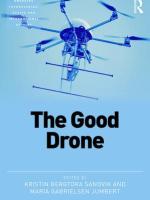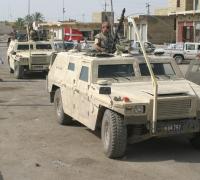Drones in UN peace operations
During the last decade, the leadership of United Nations Peacekeeping has made a large push to catalyze a technological upgrade of UN Peacekeeping including equipping UN peacekeeping with drones: The UN wanted to deploy surveillance drones to increase the situational awareness capability of peacekeeping missions and improve the ability to protect their own forces and civilian populations. The first “UN Drone” flew over Congo in December 2013. At the launch ceremony, the Undersecretary for Peacekeeping declared that with the inclusion of the surveillance drone capability, UN peacekeeping finally entered the 21st century.
This chapter examines how the availability of drone technology may affect certain aspects of UN peacekeeping, particularly in the context of increasingly robust operations. The chapter also looks at stakeholder perceptions of drones including member states, and notices how the discussion on drones in UN Peacekeeping to a large extent is framed by the discussion about what level of force UN peacekeeping can use, and the relationship with humanitarian actors.
The chapter forms part of a book anthology which explores the idea of the “Good Drone” as an organizing narrative for political projects, humanitarian action and development. Its essential contribution to the debate is to take stock of the multiple logics and rationales, which identify drones as “good”, while initiating a critical conversation about the political currency of “good”.


